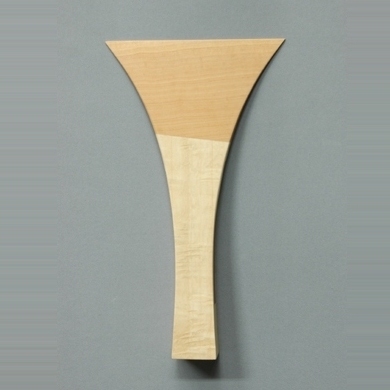As a musician and general music lover, I’ve been wanting to learn more about Japanese traditional instruments and music. As it turns out, there are plenty of traditional instruments in Japan with a lot of variety in all classifications, from strings, to winds, to drums…. These instruments are called Wagakki (和楽器, literally Japanese instruments) and were used during the Antiquity. They’re pretty different from western instruments and it’s really interesting.

These wagakki (which is also the name of a J-Rock band using traditional instruments) are traditional Japanese instruments which were used during the Antiquity. Although some instruments like the wagon (和琴), the kagurabue (神楽笛) or the shakubyoushi (笏拍子) originated from Japan, most of the traditional instruments we know today were brought from the from the Asian contient to Japan and then continued to evolve inside the country into the instruments that we’ll talk about just a bit later on.
Now, formerly, in Japan, classification-wise, they followed the Chinese principle of dividing instruments into 8 categories based on the materials out of which they were made: metal, stone, silk, bamboo, gourd, clay, hide and wood. However, they derived from that and usually often divided instruments into percussion, strings and winds, the same way we do in the West.
Here are some instruments that originated straight from Japan :
1 – 和琴 (wagon), also called 大和琴 (yamatogoto) or 東琴 (azumagoto) is a stringed instrument and believed to be one of the oldest in Japan. It even has a role inside Japan’s mythology. It is used for court music called gagaku. There are no frets or anything to adjust the sound of the instruments, it is played similarly to a violin (without the bow).

2 – 神楽笛 (kagurabue), also known as 大和笛 (yamatobue) or 太笛 (futobue) is a type of transverse flute, which means that it’s blown from the side, perpendicular to the instruments. It’s pretty small compared to western flutes, it’s about 46 cm long (that’s right, metric system!) and only has 6 holes. It is used during kagura, a Shinto rite.

3 –笏拍子 (shakubyoushi) is another traditional instrument used in gagaku. It’s composed of two 笏 (shaku) which are two small wooden planks, and they are hit together in order to make sounds.

There are also instruments that come from the Ainus, Japan’s native tribes :
1 – ムックリ (mukkuri) is a small instrument made from bamboo, with a string attached to it. The mukkuri is placed in the performer’s mouth, the string is pulled and makes the whole instrument vibrate. At its origin, it was often played by women and it was an instrument that was played improvised as people played often alone in order to express their thoughts.

I was really surprised by the sound it made when I first saw this video! (the mukkuri performance starts towards 4:30, before that, the mukkuri player talks a bit about the History of the instrument)
2 – トンコリ (tonkori) is another Ainu instrument, this one is a 5 stringed instrument (although some with 3 or 6 strings also exist) and each of the strings, contrary to modern instruments, are not fretted or anything but are played open.

Now, lots of traditional Japanese instruments actually came from the Asian continent West of Japan and were imported into the country, then evolved and were fully completed in Japan. Here are a few :
1 – 三味線 (shamisen) is one of the most famous wagakki. It is a plucked 3 stringed instrument played with a “huge guitar pick”, which is called 撥 (bachi). It dates back to the 15th and 16th century, so compared to other traditional Japanese instruments it is quite “young”. The instrument itself is derived from the Chinese instrument 三弦 (sānxiàn).


3 – 尺八 (shakuhachi) is a Japanese type of woodwind instrument. It was originally created in and then imported from China, but saw its true completion in Japan from the Kamakura period (1185 – 1333 CE) going to the Edo period (1603 – 1868 CE). It was originally made out of bamboo and sounds pretty cool.

There are also instruments that are specific to certain areas of Japan like Okinawa’s 三線 (sanshin). This instrument is similar to the shamisen we talked about earlier, as in being a plucked, 3 stringed instrument, but rather than being played with a “huge pick”, the strings are plucked using a “huge claw”, literally called 爪 (tsume) in Japanese, which means claw (or nail). It can also be referred to as bachi, same as the shamisen. The sanshin also descends from the Chinese instrument sānxiàn.


There is another instrument, called ゴッタン (gottan), which is specific to the southern region of the Kyūshū island. It’s also a 3 stringed instrument, but has a very different look.

I think it’s really interesting to see how different instruments and music are depending on the time, place and culture by which they were affected.
I know I’d love to try one of these instruments one day (although I can’t really play any wind instrument but, you know).
What instrument seems to be your favorite?
Which one would you want to try out?
Sources: https://ja.wikipedia.org/wiki/%E5%92%8C%E6%A5%BD%E5%99%A8 (plus various pages about instruments which flow from this one)
http://saisaibatake.ame-zaiku.com/gakki/gakki_main.html
I also got various informations from various videos on YouTube.

